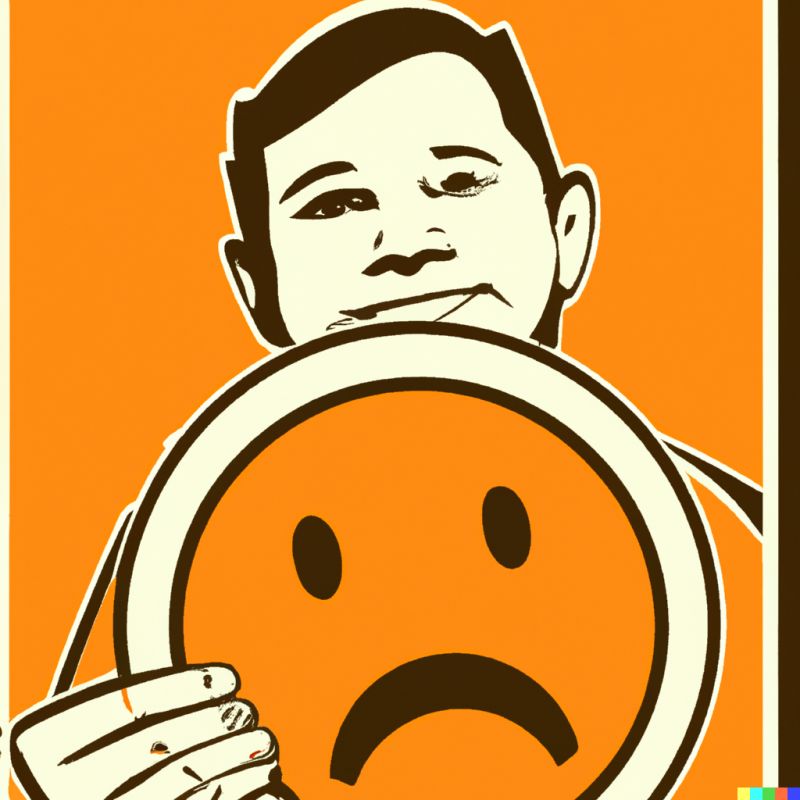By Hank Marquis
Maximizing IT Experience: Spotting Quality & Satisfaction Differences

Image Credit: Me!
When IT teams mix up IT experience satisfaction with IT experience quality, they miss critical insights. That confusion often leads to stalled improvement efforts and growing business frustration. Understanding the difference is essential.
We all make quality-versus-satisfaction judgments every day. Imagine stopping by a restaurant for a quick meal. It’s fast, inexpensive, and “good enough.” If someone asks whether you’re satisfied, the answer is likely yes. But if they ask whether it’s a high-quality restaurant, the answer would be no.
Satisfaction and quality are not the same thing — not even close. Yet many IT teams treat them as interchangeable, and that’s where the trouble starts.
This confusion contributes directly to the widening gap between business expectations and what IT believes it is delivering. Anyone who has worked in IT has felt that tension at some point: “The surveys say people are satisfied, so why does the business keep complaining?”
A typical IT approach relies heavily on satisfaction surveys after Service Desk calls or quarterly pulse checks, sometimes even popping up mid-workflow. Most users ignore them. The few who do respond usually say they’re satisfied. And still, the complaints keep coming.
The same thing happens in other services as well, so the pattern isn’t unique to IT. The real issue is that a person can be satisfied with one interaction and still believe the overall experience is low quality. Or the opposite — dissatisfied in the moment but confident the service is high quality over time.
Service quality is a broad, cumulative judgment. It reflects how well the service performs across multiple encounters and how closely it matches expectations over time. Satisfaction, by contrast, is about a specific transaction or moment.
Quality of experience looks across all interactions and evaluates five key areas of service delivery. Satisfaction looks at one encounter, often just one dimension. So if you're puzzled by consistently low IT satisfaction or mixed reviews, you may not be measuring quality at all — only scattered moments within it.
This distinction is a core idea in Completely Satisfied: people judge their experience based on the alignment (or misalignment) between what they expect and what they actually perceive over time. Understanding the difference takes deliberate work — surveys, analysis, and careful interpretation. It’s one reason organizations often spend weeks or months trying to diagnose why the experience doesn’t match the internal metrics.
Modern tools now make that work easier. Hailee’s workgroup digital twin uses the same experience model from Completely Satisfied to separate momentary satisfaction from long-run quality, drawing on perceptions, expectations, and tolerance ranges instead of isolated survey clicks. It’s a gentle reminder that the hard part isn’t collecting the data — it’s knowing what the data actually means.
Please comment or reach out and let me know what you think, I'd love to talk with you!
Best,
Hank
— END —
Got questions? Let's talk! Contact me via email, or connect and chat with me on LinkedIn